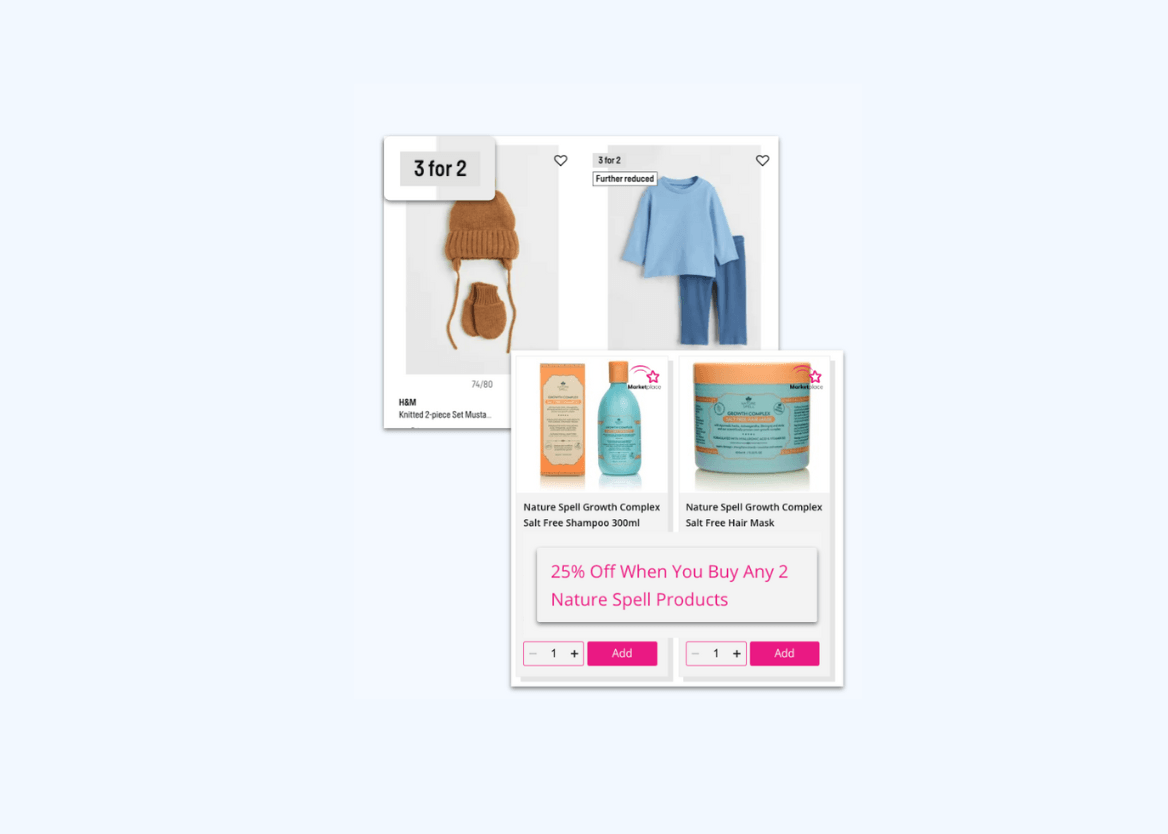In Gartner’s What’s Hot In Digital Commerce, Customer Experience Is a Focus

Digital commerce is evolving quickly, providing a path to speedy growth for B2B and B2C organizations alike. The right digital commerce strategies can help you improve customer experience and simultaneously create brand-new revenue opportunities that will cement your position as a leader in a digitally-enabled world.
In What’s Hot in Digital Commerce1 (Gartner subscription required), Gartner identifies areas of focus for organizations that are transforming their digital business, including business models, like subscription, thing commerce, and enterprise marketplace; unified commerce; personalization; and trust and privacy.
Loading...
While we believe most businesses won’t implement all of the focus areas in the report, they paint a picture of complementary strategies to fast-track your organization’s success in the new digitally-enabled economy. Gartner states, “The three areas of focus — customer experience, business model and technology, remain relevant this year as they work in conjunction in supporting a successful digital commerce business.”
New business models that deliver what customers want
To us, the three business models that Gartner includes in What’s Hot in Digital Commerce are all unified by the promise of a better customer experience. According to Gartner, “New business models such as subscription, thing commerce and enterprise marketplace allow organizations to offer better value for customers and partners while driving business growth and operational efficiency.”
The subscription business model is hot because “organizations are changing their business models to deliver outcome-based solutions for their customers.” Thanks to these outcomes-based solutions, we believe businesses can deliver more convenience and cost savings to customers.
And, “thing commerce is a service where connected machines make purchases on behalf of the human customer by directly taking requests from the customer or inferring customer needs based on the rules, context and preferences to make optimized purchase decisions. The primary benefit of thing commerce is to reduce customer effort and friction in purchases.” This is done with the help of connected devices like Amazon Echo, which can make purchases on customers’ behalf.
Finally, with enterprise marketplaces, “organizations can not only better serve customers with streamlined buying processes and enriched product assortment, but also cultivate relations with partners by giving them access to more channels, customers and technology tools that help them better manage the selling business.” At Mirakl, we believe that enterprise marketplace is a model that can deliver benefits regardless of the industry (or industries) being served. To us, the inclusion of enterprise marketplace echoes Gartner’s report from earlier this summer, Create Enterprise Marketplaces to Accelerate Digital Business2. In What’s Hot in Digital Commerce, Gartner states:
This business model benefits organizations financially in that they can generate new revenue in the form of commission, advertising, service fees for technical support, payment, fulfillment and logistics.
Unearthing deeper customer insights with digital commerce tools
New customer-centric digital commerce tools for personalization and unified commerce are also included in this year’s report.
Gartner says, “Personalized recommendations on the homepage positively affect purchasing decisions of more than 63% of consumers.” Both consumers and B2B buyers are coming to expect the personalized commerce experience – according to Gartner, “Personalization started primarily in B2C digital commerce for retail and is expanding to B2B and other industries such as government, financial services, media and publishing, and healthcare.”
Personalization pairs closely with unified commerce to enable a better customer experience. According to Gartner, “unified commerce is the practice of providing personalized, continuous and consistent experience across multiple channels throughout the customer’s buying journey.”
However, even as organizations get access to more detailed and better sources of data, the focus must stay on their relationship with customers – even as they use that data to improve the customer experience.
Gartner lists trust and privacy in What’s Hot in Digital Commerce, saying, “Organizations need to keep a balance between getting more customer data and the need to comply. They also need to look beyond just being compliant and consider how to build a long-lasting trusted customer relationship by including respect and empathy into the corporate strategy and product design. Customer trust is the prerequisite of a successful business in any capacity.”
Winning in the new digital commerce universe
B2B and B2C customers have higher standards than ever before, thanks to tools and technologies that enable better digital commerce experiences. If you can meet those standards, your business will be rewarded with customer loyalty and higher revenues. But to do so, your business needs to transform the way that it operates, without losing focus on customer relationships. Get ready to seize the digital commerce opportunity – or be left behind.
1 Gartner “What’s Hot in Digital Commerce,” Sandy Shen, Jason Daigler, Mike Lowndes, Christina Klock, Mark Lewis, Dayna Ford, Penny Gillespie, 20 September 2019.2 Gartner “Create Enterprise Marketplaces to Accelerate Digital Business,” Sandy Shen, Jason Daigler, 5 July 2019



